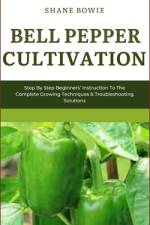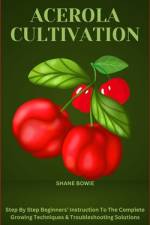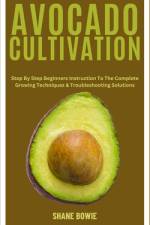- Step By Step Beginners Instruction To The Complete Growing Techniques & Troubleshooting Solutions
av Shane Bowie
145,-
Medicago sativa, more often known as alfalfa, is a member of the Fabaceae family of flowering plants. Although it is most often cultivated as a crop to feed livestock, it has multiple nutritional purposes for humans and is highly prized as a cover crop for farmers. Among the many benefits of the alfalfa plant are the following: - Alfalfa is a common crop for farmers to grow for their animals, especially goats, horses, and cattle. Because it is a great source of protein and other nutrients that animals need, it has a high nutritional value.- To boost soil health, farmers frequently plant alfalfa as a cover crop. The plant's extensive root system enhances soil structure and helps to mitigate soil erosion. An additional benefit of using it in crop rotation systems is its capacity to fix atmospheric nitrogen.- Animals and humans alike can benefit from alfalfa's nutrient-rich content. Calcium, magnesium, phosphorus, and potassium are among the minerals it contains, and it also includes vitamins A, B, C, D, and K. Additionally, it has a decent amount of fiber and protein.- For human consumption, alfalfa is a dietary staple for some. Its sprouting form makes it a popular addition to sandwiches and salads. Supplemental alfalfa is also sold for its purported health advantages and comes in a variety of forms, including pills, liquid extracts, and tablets.- Traditional medicine has utilized alfalfa for a variety of purposes, including aiding digestion and acting as a diuretic. The scientific proof for these therapeutic claims is minimal, though, so keep that in mind.- Because of its extensive root system, which reaches deep into the earth, alfalfa is able to endure periods of severe drought.Cultivation of alfalfa is common in many parts of the world since the plant has various uses. Forage crops, cover crops, and nutritional supplements are just a few of the many ways alfalfa is important in agriculture and food production.





















